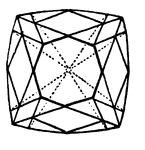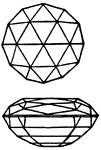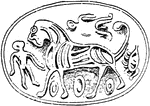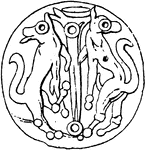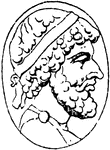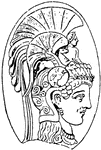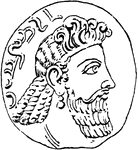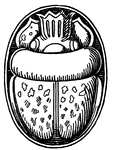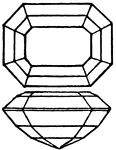Clipart tagged: ‘gem’
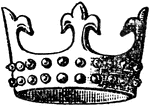
Crown
"Henry I enriched the plain circlet with gems, and on his great seal the trefoils of his fathers crown…

Crown
"The effigies of Henry II, Richard I, John, and their queens, show the crown to have made such an advance…

Crown
"The crown of Henry III has a plain circlet heightened with trefoils, a slightly raised point intervening…

Crown
"The truly beautiful crown of Edward II as it is represented in his effigy, was formed of four large…
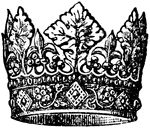
Crown
"It would seem from the crown, sculptured with elaborate care upon the head of his effigy at Canterbury,…
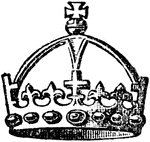
Crown
"The arched crown in its earliest form was introduced by Henry V.; and, with the arches crosses, which…
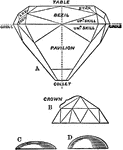
Cut Gems
"Cut Gems. A, brilliant; B, rose; C, goute de suif; D, en cabochon." —The Encyclopedia Britannica,…
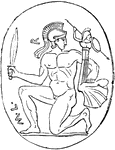
Diomede
"The following cut, from an ancient gem, represents Diomede in the act of bearing away the Palladium."…
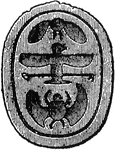
Intaglio Engraved Gem
"Gem Sculpture is the glyptic art, or lithoglyptics; the art of representing designs on precious stones,…
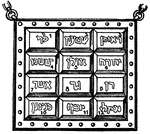
Hebrew Breastplate
This illustration shows the gems worn on the breast plate of the high priest of the Hebrews. Each of…

Rose Cut
A rose cut is a cut of gemstone. In this cut, the upper surface is shaped into triangular facets of…
